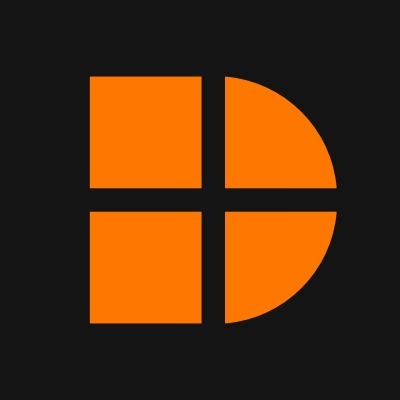
DGB
项目开始时间

2014年1月14日
关于
1. Background IntroductionDigiByte (DGB) is a decentralized blockchain platform founded in 2013 by Jared Tate. It positions itself as a faster and more secure alternative to Bitcoin, focusing on scalability and cybersecurity. The project emphasizes decentralization, with no ICO or pre-mine, distinguishing it from many newer cryptocurrencies.2. Core Website ContentThe DigiByte website primarily showcases its blockchain capabilities, including: 1) A multi-algorithm mining approach, 2) Fast transaction speeds (15-second block times), 3) Security features like DigiShield, and 4) Real-world use cases. The site highlights partnerships, wallet downloads, and developer resources while maintaining a clean, educational design.3. Technical FeaturesDigiByte employs five mining algorithms (SHA256, Scrypt, Skein, Qubit, Odocrypt) to enhance security and decentralization. Its DigiShield technology adjusts difficulty dynamically to prevent mining exploits. The blockchain has undergone multiple upgrades, including SegWit implementation and DigiAssets for token creation. With 21 billion DGB supply (vs Bitcoin's 21 million), it aims for microtransaction utility.4. Token EconomicsDGB has a fixed supply of 21 billion coins, with emission through mining rewards decreasing over time. The inflation rate diminishes as block rewards halve every 2 years. No premine or ICO means all coins entered circulation via mining. The website emphasizes DGB's utility for payments, DigiAssets, and as a cybersecurity tool rather than speculative investment.5. Competitive ComparisonCompared to Bitcoin, DigiByte offers faster transactions (560TPS vs Bitcoin's 7TPS) and lower fees. Versus Litecoin, it provides more mining algorithms. Unlike Ethereum, it doesn't support smart contracts but focuses on payment efficiency. Its multi-algorithm approach differs from single-algorithm coins like Dogecoin. However, it lacks the brand recognition of these established projects.6. Risks and ChallengesKey challenges include: 1) Limited mainstream adoption despite technical merits, 2) Competition from larger Layer 1 blockchains, 3) Potential security risks from spreading hash power across multiple algorithms, and 4) The need to differentiate beyond "better Bitcoin" messaging in a crowded market. Regulatory uncertainty affects all cryptocurrencies including DGB.7. Industry FutureDigiByte's future depends on: 1) Adoption in payment systems leveraging its speed, 2) Cybersecurity applications using its immutable ledger, 3) NFT potential through DigiAssets, and 4) Partnerships with financial institutions. Its lightweight blockchain could appeal in IoT applications. Success requires overcoming network effects favoring larger cryptocurrencies.8. ConclusionDigiByte presents a technically robust blockchain with genuine innovations in multi-algorithm mining and fast transactions. While it solves real Bitcoin limitations, broader adoption remains challenging. Its long-term viability depends on carving distinct use cases beyond payments, possibly in cybersecurity or asset tokenization. The project demonstrates that technical superiority alone doesn't guarantee market success in the competitive crypto space. 更多>











































 看多
看多
 看空
看空